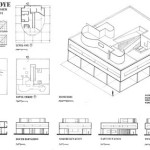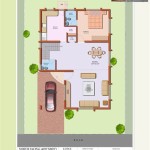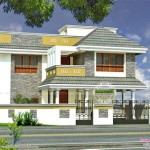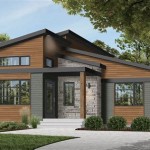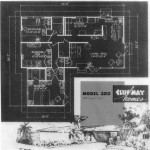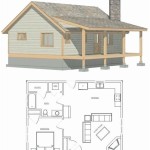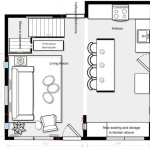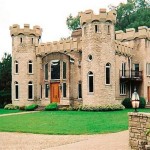The Essential Aspects of Brick House Plans: A Comprehensive Guide
Brick houses are renowned for their timeless beauty, durability, and energy efficiency. When planning to build a brick house, choosing the right plan is crucial. A comprehensive brick house plan should encompass essential elements that ensure structural integrity, functionality, and aesthetic appeal. Here's a detailed look at the key aspects to consider:
1. Structural Integrity
The foundation of a brick house is paramount for its structural stability. A strong foundation ensures the house can withstand weight, wind, and seismic forces. Brick house plans should include detailed specifications for the foundation, including the depth, width, and type of materials used. The plan should also incorporate measures to prevent moisture intrusion and ensure proper drainage.
2. Energy Efficiency
Brick houses offer excellent thermal insulation, reducing heating and cooling costs. However, proper design is crucial to maximize energy efficiency. Brick house plans should consider the orientation of the house to take advantage of natural sunlight and ventilation. The plan should also include specifications for insulation in walls, ceilings, and floors.
3. Floor Plan and Layout
The floor plan of a brick house determines its functionality and flow. Brick house plans should provide a well-thought-out layout that meets the needs of the occupants. The plan should include the number and size of bedrooms, bathrooms, kitchens, living areas, and any additional rooms. It should also consider the placement of windows, doors, and stairs.
4. Aesthetic Appeal
Brick houses can showcase a wide range of architectural styles. Brick house plans should reflect the desired aesthetic appeal, whether it's traditional, modern, or contemporary. The plan should incorporate details such as brick patterns, window and door trim, and exterior finishes that contribute to the overall design.
5. Site Conditions
The site where the brick house will be built can impact the design and construction. Brick house plans should take into account the slope of the land, soil conditions, and surrounding vegetation. The plan should address any site-specific challenges, such as drainage issues or access limitations.
6. Code Compliance
All brick house plans must adhere to local building codes and regulations. These codes ensure the safety and quality of the construction. Brick house plans should be reviewed and approved by the local building department before construction begins.
7. Sustainability
Sustainable building practices are becoming increasingly important. Brick house plans should consider the use of environmentally friendly materials and construction techniques. The plan can incorporate features such as solar panels, rainwater harvesting systems, and energy-efficient appliances to reduce the environmental impact of the house.
Choosing the right brick house plan is a critical step in the construction process. Considering these essential aspects ensures that the house meets structural, functional, aesthetic, and sustainability requirements. A well-designed brick house plan lays the foundation for a beautiful, durable, and energy-efficient home.

Dream Home With Beautiful Style And Floorplan

2 Story 4 Bedroom Brick House Plan By Max Fulbright Designs

Large Southern Brick House Plan By Max Fulbright Designs

Small Brick House Floor Plans Drawings With Garage 2 Bedroom 1 Story

Economical Three Bedroom Brick House Plan 21270dr Architectural Designs Plans

Gallery Of Brick House A For Architecture 11 Planos Para La Casa Del Patio De Casas Modernas Diseños

European Style House Plans For A 3 Bedroom Luxury Home

Brick House Designs Red Floor Plans Nethouseplans

2 Story Brick Home Plan 4 Bedroom Plus Study House Plans How To Floor

One Level Traditional Brick House Plan 59640nd Architectural Designs Plans

